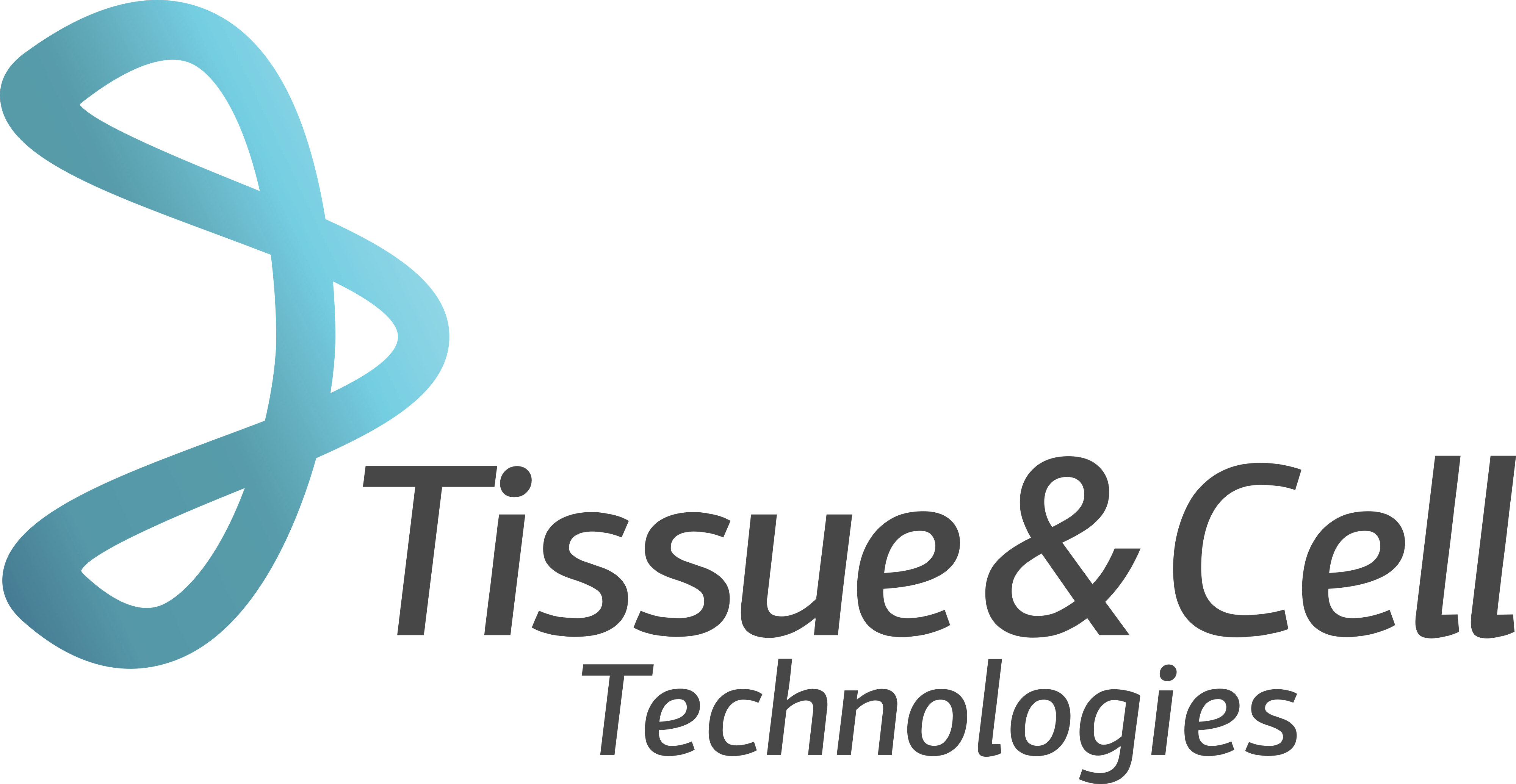On the Horizon (INCLUDING Stem Cells)
Let’s Talk Stem Cells
Why Adipose-Derived Stem Cells (ADSCs) are Valuable
- They have self-renewing properties
- They have no risk of rejection when injected back into the donor
- They do not trigger an immune response
- They can be used in a variety of places in the body due to their ability to differentiate themselves (organs, joints, skin, muscles, etc.)
T&CT is committed to the future of stem cell research and application. Our ADIPOSET® Platform allows for long-term adiposet tissue storage as the science grows.
Regenerative Medicine - A New Era of Healing
The central focus of Regenerative Medicine is human cells and their self-healing properties.
What is Regenerative Medicine?
THE POSSIBILITIES OF Regenerative Medicine
- The body's self-healing, repair, replacement, or regeneration of cells and injured tissues
- Repairing diseased and damaged organs
- Restoring function, despite the cause (congenital disabilities, disease, diabetes, cardiovascular diseases, trauma, dermal wounds, aging, as well as certain types of cancer, and more)
It's No Longer Science Fiction
- Gene therapy
- Stem cell transplantation
- Tissue engineering
- Reprogramming of cell and tissue types, including the use of materials and de novo generated cells,
- As well as various combinations of the above to take the place of missing tissue, effectively replacing it both structurally and functionally
- Tissue healing
Tissue Engineering
TISSUE ENGINEERING May Involve
- Transplanting stem cells, progenitor cells, or tissue, stimulating the body's repair processes
- Using cells as delivery vehicles for therapeutic agents such as genes and cytokines
- Using biomaterials and tissue engineering to support tissue regeneration.
- Leveraging the body's innate healing response to promote regeneration
Effective long-term, large-volume storage is a crucial pillar for future advances.
It has been a missing piece of the jigsaw until now.
T&CT has the solution.
All regenerative medicine strategies depend on harnessing, stimulating, or guiding the body’s developmental or repair processes. Accordingly, stem cell research plays a central role in regenerative medicine, which also spans the disciplines of tissue engineering, developmental cell biology, cellular therapeutics, gene therapy, and biomaterials (scaffolds and matrices).
Advances in Regenerative Medicine are driven by the limitations in the availability of most specialist cells and the constraints on the expansion and manipulation of adult stem cells.
Low yields post-storage, loss of function or viability, and damage to essential tissue architecture all lead to failure or poorer tissue performance. We believe these challenges can be overcome with improved storage techniques like the ADIPOSET® System.
